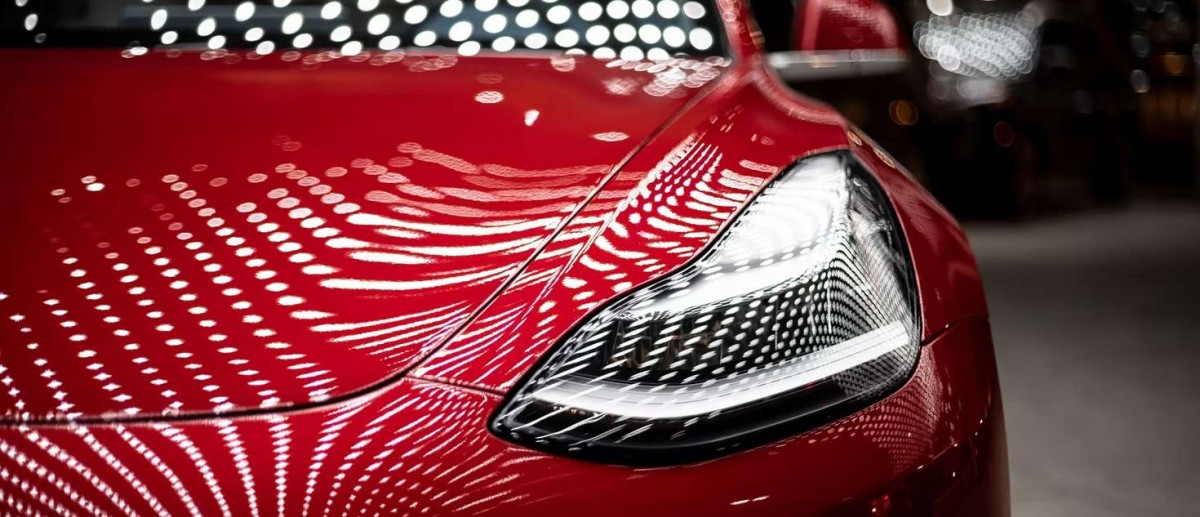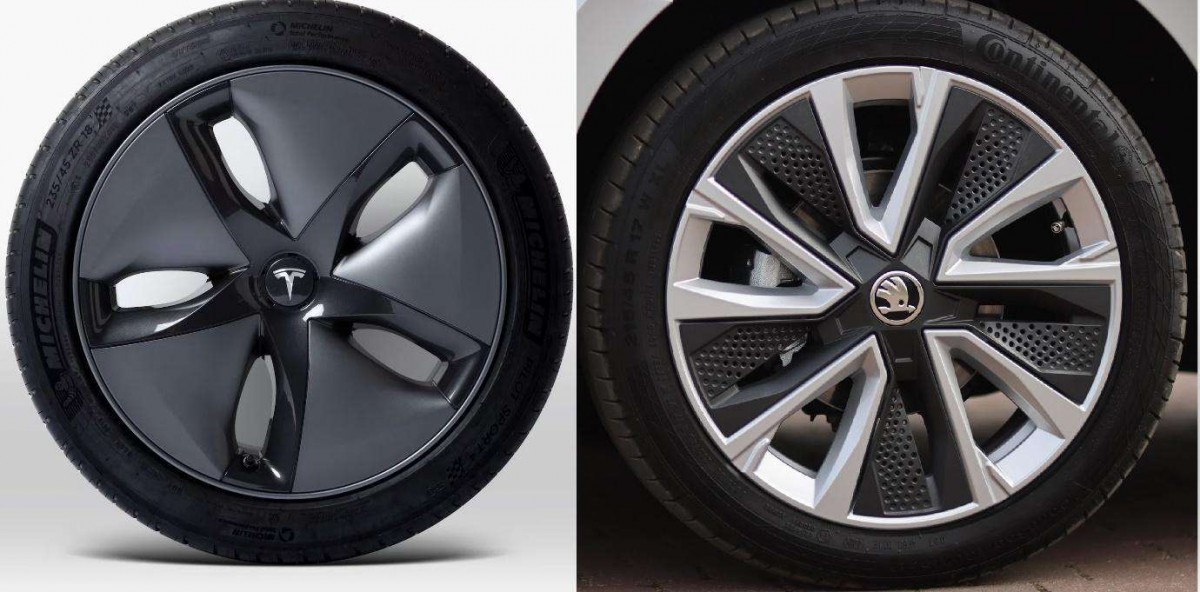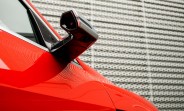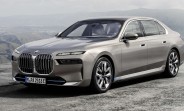EV vs ICE - differences and similarities
Electric drivetrains are a historic shift in the automotive world. It means that many components of an ICE car are no longer relevant for an electric vehicle. Some of the parts have similar and some have different functions. In this article, we try to outline the key differences between ICE and electric cars.
What’s new?
We are going to start from the one fundamental component that we only see in an electric vehicle - the high voltage battery. The high voltage battery is the equivalent of a fuel tank of an ICE car. It is responsible for providing the necessary electric energy to the electric motor.
The electric motor is another new part that we encounter in an electric car. The electric motor is responsible for converting the electric energy to mechanical energy in order to propel the car. It’s not all that simple though - the electric motor “speaks” a different language from the high voltage battery. The High Voltage battery uses DC (direct current) while the electric motor uses 3-phase AC (alternating current).

It is obvious that we need an “interpreter” between those two parts. This role is taken over by the power electronics device commonly known as the inverter.
The power electronics are responsible for converting the DC from the high voltage battery to 3-phase AC for the electric motor during propulsion. The opposite happens during regenerative braking - AC gets converted to DC in order to charge the high voltage battery.
The efficiency of the inverter plays a crucial role in the overall efficiency of the electric vehicle. The power electronics are not the only “interpreter” in an electric vehicle, though. The onboard charger is the second connecting device. It converts the AC 1 or 3 phase from the grid to DC in order to charge the battery. When we use high power DC charging, the onboard charger is bypassed.
Another area that's very different is heating the cabin of the EV - PTC heaters (Positive Temperature Coefficient) and heat pumps. Those devices do not exist in ICE vehicles, which have plenty of wasted thermal energy (because of the low thermal efficiency of their engines) and it is easy to use some of it to heat their cabins.
In electric vehicles though, this is not possible. The high efficiency of the drivetrain means that the thermal energy produced is minimal. That's why different devices are needed to produce the necessary heat for the cabin as well as the battery.
The DC/DC converter is another completely new component. This device is responsible for converting the High Voltage DC from the battery to 12V for the low voltage consumers of the car (lights, infotainment, electric windows, mirrors).
Finally, the charging socket is also a unique component that we encounter in an electric car.
What’s different?
While both ICE and electric cars use the air conditioning compressor, the way they power this component is completely different. In an electric car, the air conditioning compressor is a high voltage device and is powered by the battery. In an ICE car though, this is a mechanical part that takes power from the crankshaft of the engine. That’s why, when we turn on the air conditioning in an ICE car, we may feel a slight power loss as the air conditioning compressor takes some power away from the engine.
Both types of cars use gearboxes, but it is a lot simpler in an electric car, were with a few notable exceptions) it usually comes with just one speed. In modern passenger ICE cars, 9-speed automatic transmissions are already spreading. The reason this happens is covered in this article.
The philosophy of a braking system differs as well between ICE and electric cars. In most electric vehicles, when the driver pushes the brake pedal, the electric motor serves as a generator that does the initial braking and recharges the battery at the same time - that’s why we call it “regenerative braking”.
If the driver needs more stopping power, there is a threshold after which the conventional hydraulic system brakes the car. In most everyday situations, electric cars don’t use the conventional braking system at all, thus prolonging the service life of the brake pads and discs. In an ICE car though, the hydraulic brakes are used every time the driver pushes the brake pedal.
Another difference between fuel-powered and electric cars is the simplicity of the motor itself. The electric motor mostly needs no maintenance and has only two moving parts. In contrast, the internal combustion engine has many moving parts - an average 4-cylinder engine has at least 40. It needs oil and fuel filters changed regularly, timing chain or belt is vital and needs maintenance, poly-v belts run every auxiliary component - as you know from experience, this list goes on and on.
 High voltage A/C compressor from Rheinmetall Automotive
High voltage A/C compressor from Rheinmetall Automotive
What’s the same?
Everything that has to do with suspension, wheels, and tires, is pretty similar between ICE and electric cars. Starting with suspension, the same architectures are used in both types of cars.
Electric cars that are based on ICE platforms usually have the same suspension design as their ICE stablemates. Electric cars that are based on dedicated EV platforms, mostly use fully independent suspension designs such as multi-link, double wishbones and McPherson struts.
Of course, shock absorbers and springs are adapted in electric cars in order to cope with the extra weight.
The tires are also similar in design between ICE and electric. There are tires for both types of vehicles that deliver low rolling resistance characteristics. The wheels used to be different between ICE and electric cars because of the “aero” design that most electric cars use to reduce aerodynamic drag, but not anymore. Many recent ICE models are equipped with “aero” wheels that reduce turbulent flow around the wheels as well. That seemingly small difference in design affects 1/3 of the total drag in a car.
Finally, the steering system in both ICE and EVs is similar. They are both equipped with electromechanical systems with the relevant control units. Electromechanical systems are mandatory because they are able to support advanced driver assistance systems, such as lane assist and autonomous parking.
 Tesla Model 3 and Skoda Fabia aero wheels design
Tesla Model 3 and Skoda Fabia aero wheels design
Conclusions
To wrap things up, most differences between ICE and electric cars come from the fact that the two use totally different kinds of propulsion which require totally different components. If we look past these facts, then we start to see the similarities because after all, they are both cars and many parts remain common despite the different propulsion methods.
This is a good thing because if electric cars were different in every aspect compared to an ICE car, then they would be far more expensive and their wide adoption would be much slower.
Reader comments
- brain
- 0yd
I'm just waiting for the government to impose a kind of "fuel duty" on electricity used by the EVs, and then I'll decide if it's more economical for me to keep driving a diesel, or move onto EVs.
- Anonymous
- Ibx
This is why I think hybrids are the best option for the average consumer. Especially plug in. 1. Electric for daily commute but gas for longer trips. 2. They are cheaper than electric in most cases. 3. Less range anxiety when operating fully ...







Facebook
Twitter
Instagram
RSS
Settings
Log in I forgot my password Sign up